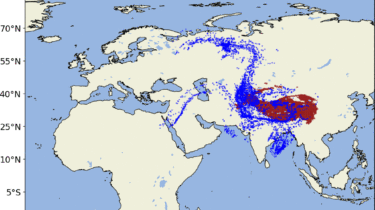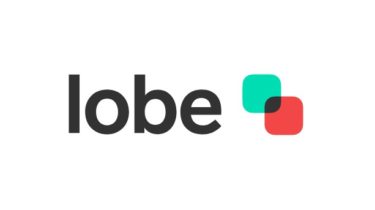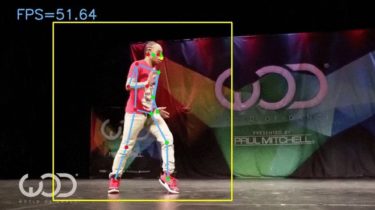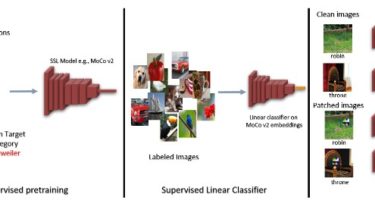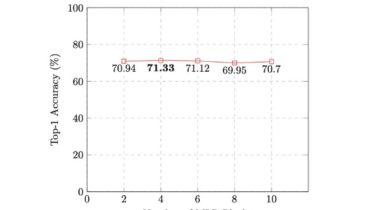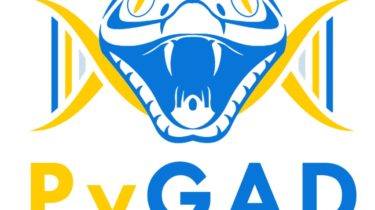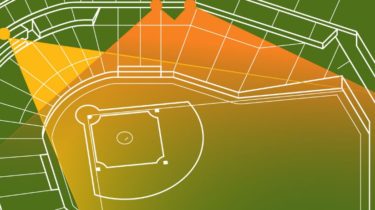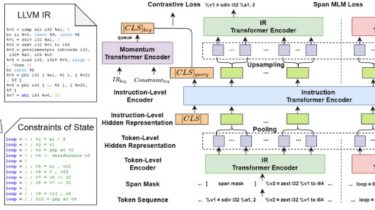AI Based COVID-19 Tracker using Deep Learning and facial recognition
Interspace-Beta-Backend Keeping it safe – AI Based COVID-19 Tracker using Deep Learning and facial recognition Usage Train the dataset and provide an unknown image in test directory python facerecog.py Predict the result and then start the script to scan that face. python already_trained.py This whole project was done in one night as a part of Hackathon so if there are any bugs, just report them. GitHub https://github.com/vanshwassan/Interspace-Beta
Read more